
How to recognize fish infected with urticaria: Don't buy it even if it's cheap as if it were given away.

How to Identify Fish Contaminated with Urea and Choose Safe, Fresh Seafood
With the following simple tips, you’ll be able to recognize fish that have been contaminated with urea and confidently choose fresh, safe seafood for your family.
1. Signs of Fish Contaminated with Urea
– Eyes:
When buying fish, look closely at the eyes. Fresh fish usually have clear, bulging, and bright eyes with a firm cornea. In contrast, fish that are stale or contaminated will have sunken eyes that appear dull, cloudy, or wrinkled, and in some cases, the cornea may be torn or discolored.
– Gills:
The gills of fresh fish are pink or bright red, tightly attached to the gill arches, and have no unpleasant odor or mucus. Fish that are not fresh or have been treated with urea, however, tend to have grayish gills, slimy surfaces, and a sour or chemical smell.
– Scales and Skin:
Fresh fish have shiny, firmly attached scales with a natural shimmer and no sticky residue. Stale or chemically treated fish will often have dull, faded scales that peel off easily, accompanied by an unusual or pungent odor.
2. How to Detect Chemically Treated Fish
– Flesh and Texture:
Press the fish’s flesh gently with your fingertip. A fresh fish feels firm and elastic, quickly springing back to its original shape. Fish that are spoiled or treated with urea tend to feel soft and mushy, leaving an indentation after being pressed — a clear sign you should avoid them.
– Belly:
In fresh fish, the belly is intact and firm. But if the belly appears swollen, discolored, or emits a strong odor, it may indicate the fish has begun to decompose or has been chemically treated to appear fresher.
– Mouth and Teeth:
A fresh sea fish usually has its mouth closed tightly, while a spoiled one will have its mouth open or slightly gaping. In fish that have been frozen too long or improperly stored, you might also notice missing or loose teeth — another indicator of poor quality.
3. The Dangers of Urea-Preserved Fish
Consuming fish preserved with urea can cause a number of serious health problems, especially when eaten frequently.
– Food Poisoning:
When urea decomposes, it releases ammonia, a toxic compound that can lead to food poisoning. Symptoms may include nausea, vomiting, stomach pain, and diarrhea.
– Liver and Kidney Damage:
Urea is a waste product that the human body naturally excretes. When absorbed in excessive amounts through contaminated food, it forces the liver and kidneys to overwork, potentially leading to long-term organ damage or reduced function.
– Toxic Buildup:
Long-term consumption of chemically treated fish may cause toxic accumulation in the body, increasing the risk of chronic diseases and even cancer.
– Digestive Disorders:
High levels of urea can disrupt the natural balance of gut bacteria, leading to digestive imbalance, bloating, and poor nutrient absorption. Over time, this may weaken your overall immune system and make you more susceptible to other illnesses.
4. How to Protect Yourself and Your Family
To avoid the health risks associated with contaminated seafood:
-
Always buy fish from reputable markets or trusted suppliers.
-
Avoid fish that smell like ammonia or have an unnatural shine.
-
Check storage conditions — fish should be kept on clean, cold ice, not soaking in water.
-
When in doubt, choose frozen fish from certified brands, as these are usually better regulated.
Eating fish regularly is one of the best ways to provide your body with essential nutrients like omega-3 fatty acids, vitamins, and protein. However, knowing how to identify and avoid urea-contaminated fish is crucial to ensuring that what’s on your table is not only delicious but also safe for your health.
News in the same category


Tips for freezing tomatoes to eat all year round, the flavor is always fresh and delicious like freshly picked
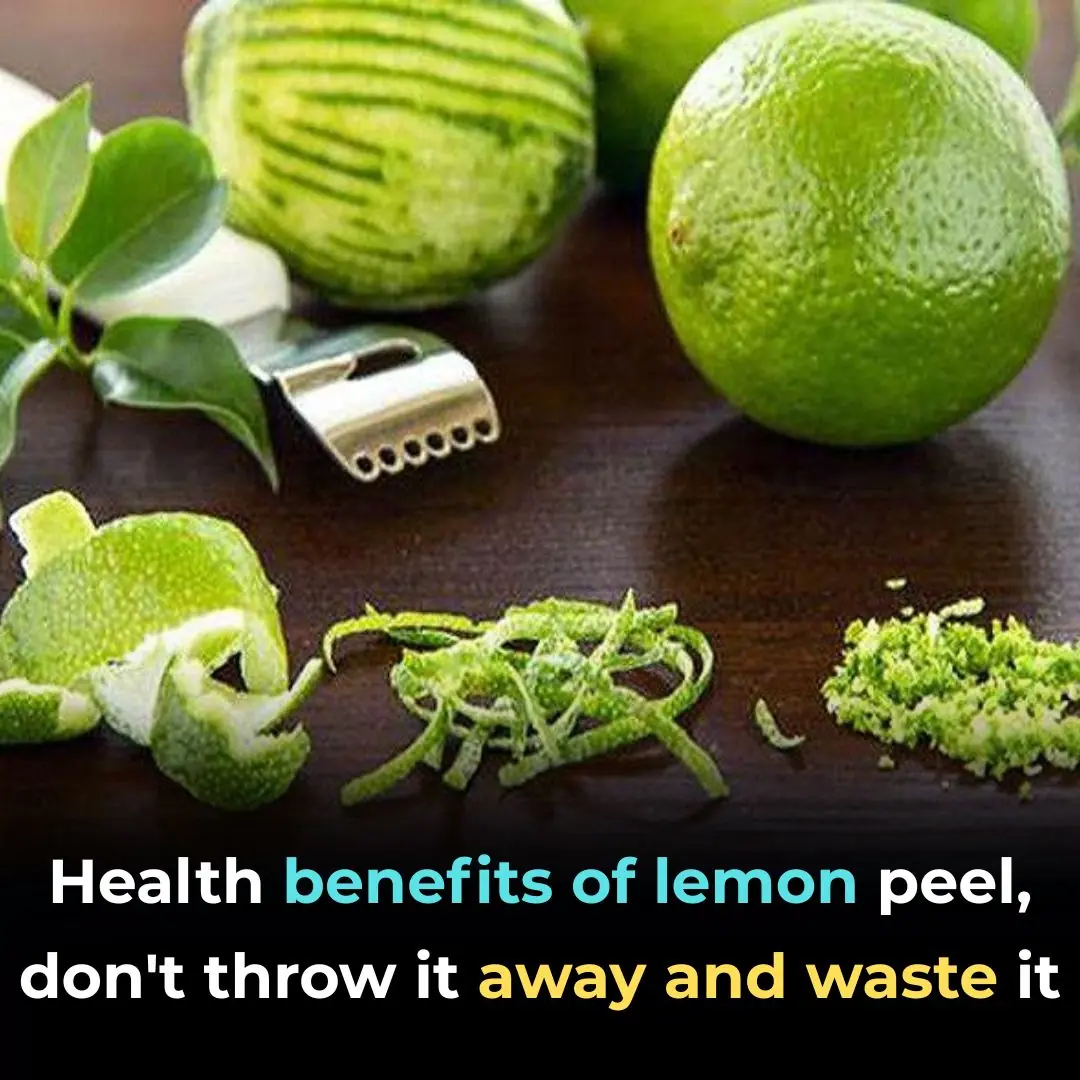
Health benefits of lemon peel, don't throw it away and waste it

4 effective ways to clean yellow armpit stains on white shirts, making them as white as new
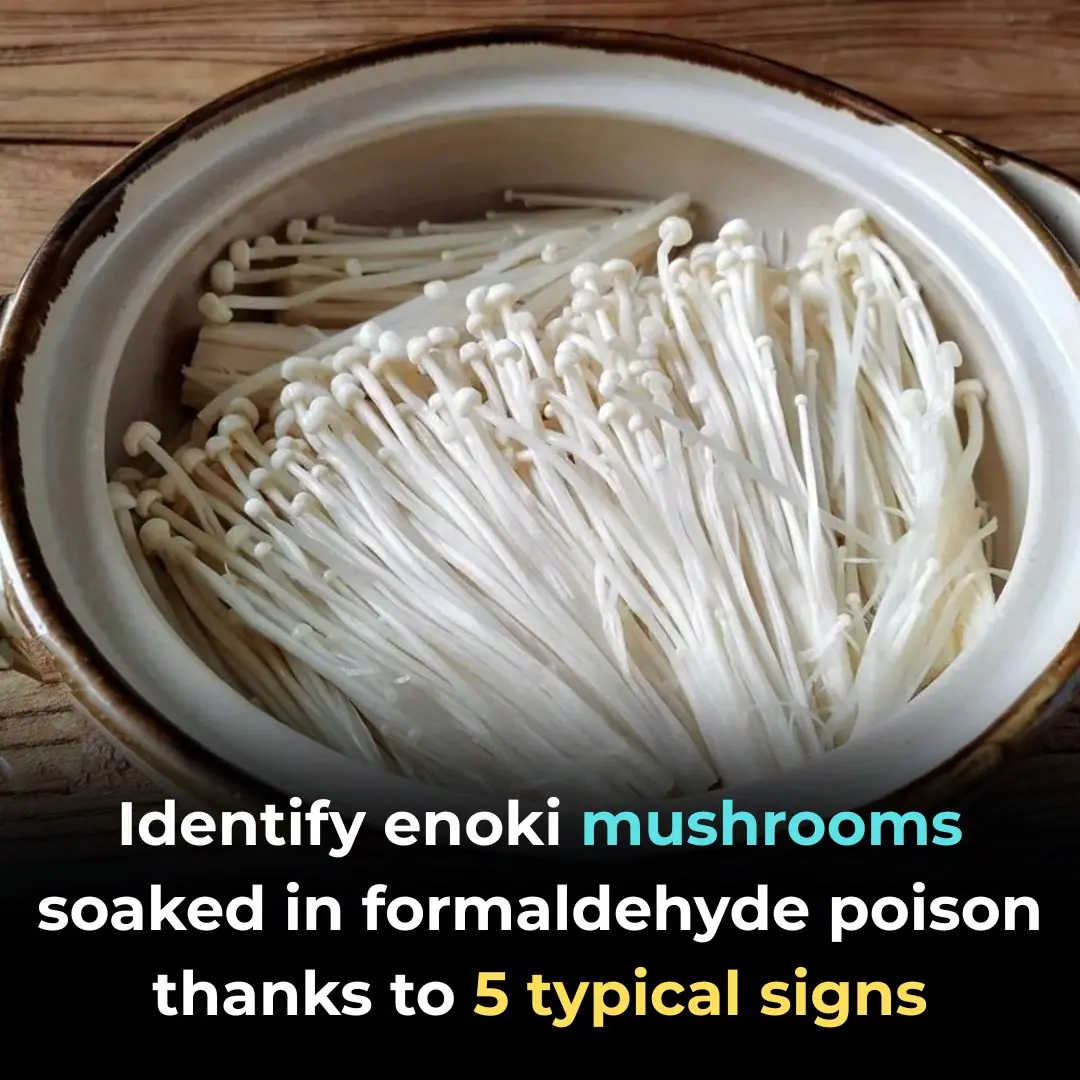
Identify enoki mushrooms soaked in formaldehyde poison thanks to 5 typical signs

8 devices that consume the most electricity, twice as much as air conditioners: Remember to unplug after use, or your bill will skyrocket.

Golden tips for choosing ham: Identify borax with a simple, absolutely safe way

Soak lemongrass with vinegar to get a special type of water with wonderful uses.
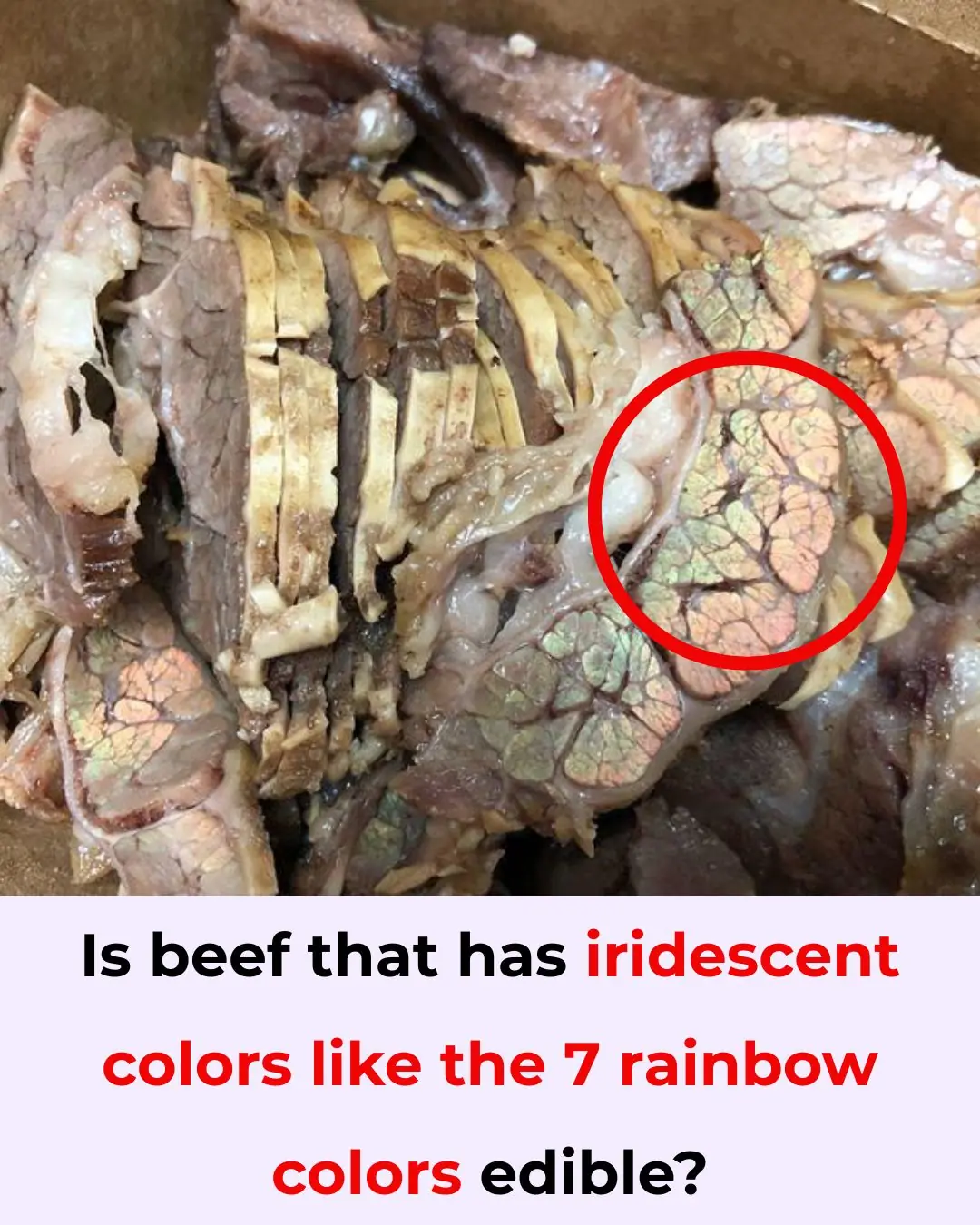
Is beef that has iridescent colors like the 7 rainbow colors edible?

🚽 How to Remove Limescale Stains from Your Toilet Bowl — Naturally & Without Harsh Chemicals

7 ways to preserve onions and garlic so they don't mold, rot, or sprout all year long

Squeeze lemon juice into the rice cooker before cooking? Simple operation but surprising effects

Put a bowl of salt in the refrigerator: A small but effective tip that makes me regret knowing it after 30 years

The Hidden Power of the Hole in Your Kitchen Knife — 7+ Surprising Uses You Probably Didn't Know
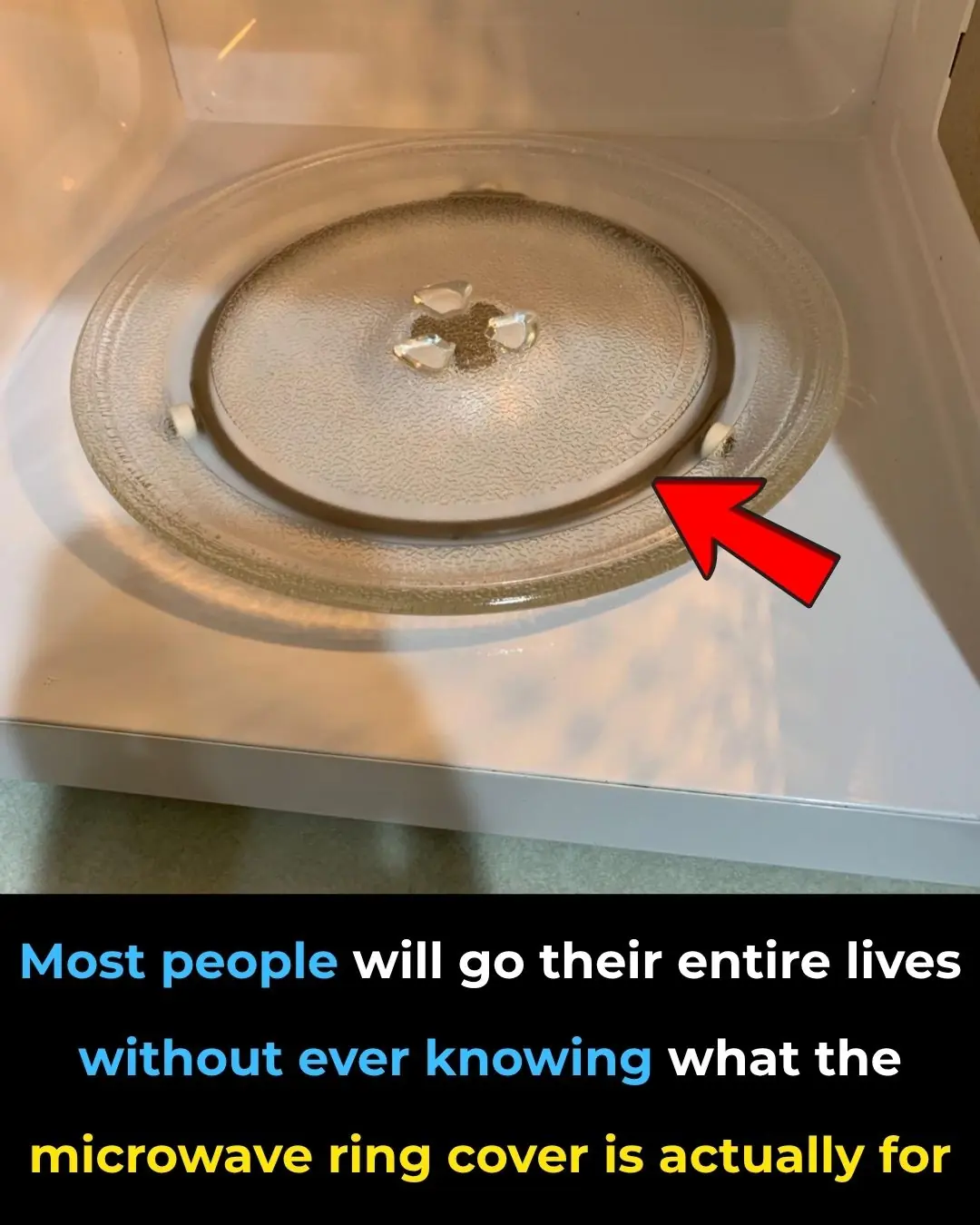
Most people will go their entire lives without ever knowing what the microwave ring cover is actually for

10 Morning Habits That Are Surprisingly Harmful to Your Health

6 Effective Drinks to Help Prevent Stroke – Don’t Overlook These Choices

Keep your bathroom clean and fresh all year round by applying these 7 small habits.

The air conditioner only has wind but is not cool. If you do this, it will be 'cold'. No need to call a costly technician.
News Post

Khanyisa: The Albino Elephant Who Refused to Give Up.

The Hidden Effects of Sleeping With a Fan on Your Throat
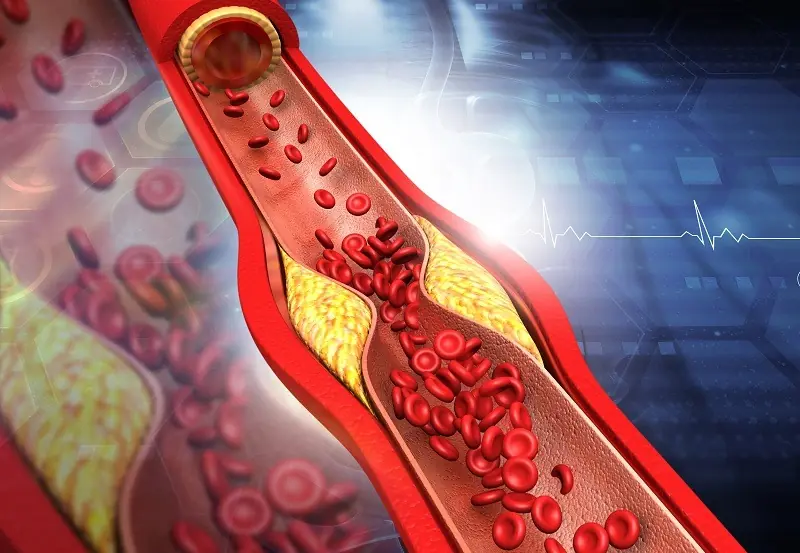
SUBTLE WARNING SIGNS OF CLOGGED ARTERIES AND HOW TO UNCLOG THEM NATURALLY

The Datura Genus: Why You Should Keep Your Distance from These Toxic Plants

Scientists have just uncovered a game-changing reason to eat an egg every day

Pokeweed: The Attractive but Highly Toxic Plant Growing in Your Backyard

The Ultimate Healing Tonic: A Powerful Drink to Combat Swollen Feet, Diabetes and Poor Circulation

Cynodon dactylon (Bermuda Grass): Benefits and Uses

Exploring the Health Benefits of Common Mallow: A Nutritional Powerhouse
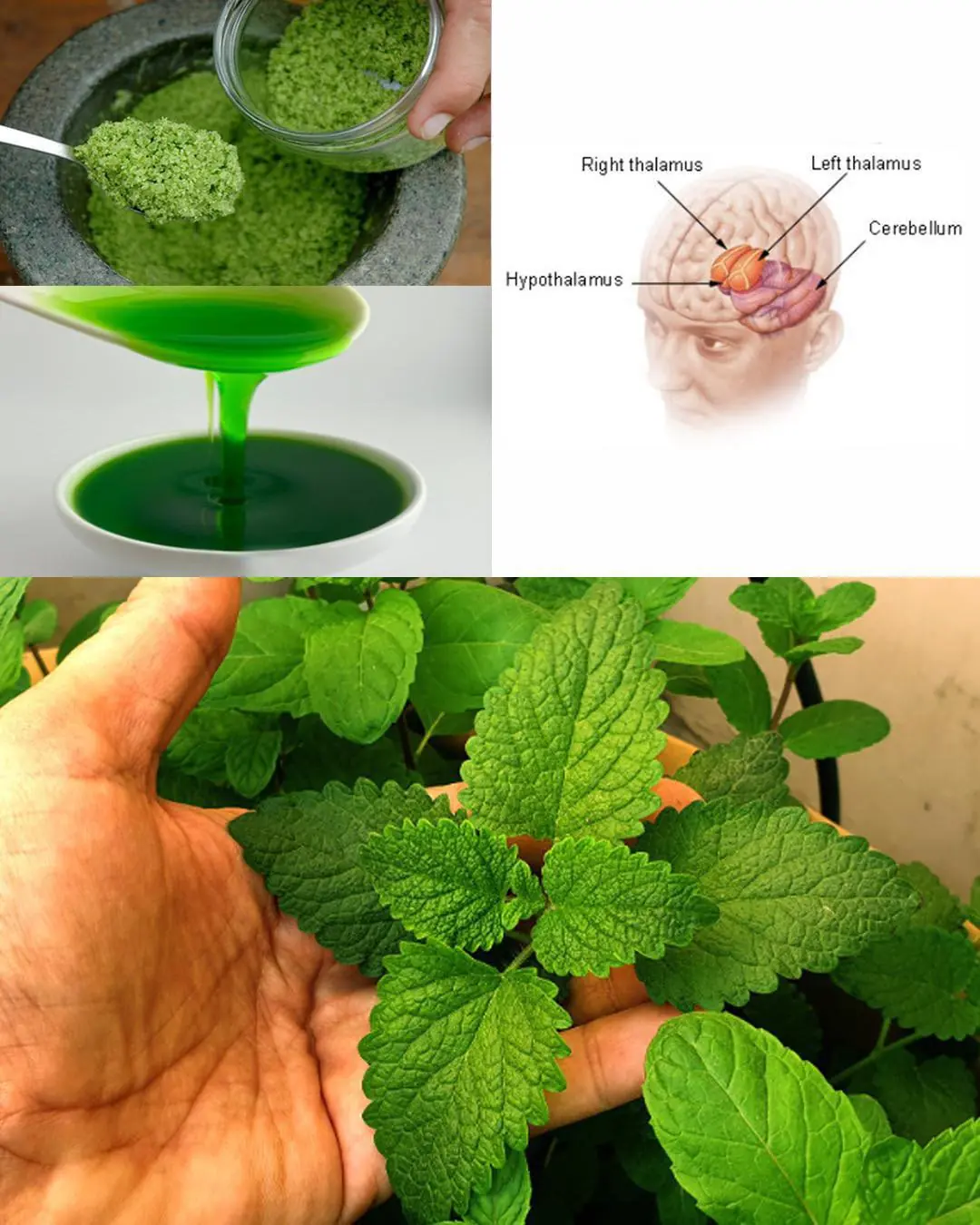
Mint: The Miracle Herb for Health, Healing, and Refreshment

Goldenberries (Physalis peruviana): A Nutrient-Packed Powerhouse for Health and Vision

Benefits and Uses of Taro (Colocasia esculenta)

Black Locust (Robinia pseudoacacia): 14 Surprising Benefits and How to Use It at Home

7 Ways to Deal With A Cheating Husband

10 Safest Places to Be if World War III Erupts

‘Jealousy Is a Powerful Emotion’: Cam Newton Says Drake Maye Is Not Top 5 QB. Patriots Fans Accuse Cam Of Hating Because He Failed To Replace Tom Brady

Delta Sigma Theta Co-founder Osceola Macarthy Adams to Receive Historical Marker in Hometown of Albany, GA

Denzel Washington’s ‘Othello’ Makes Broadway History as Highest-Grossing Play Ever

A Girl, a Puppy, and the Arctic: The Enduring Story Behind an Iconic Photograph
